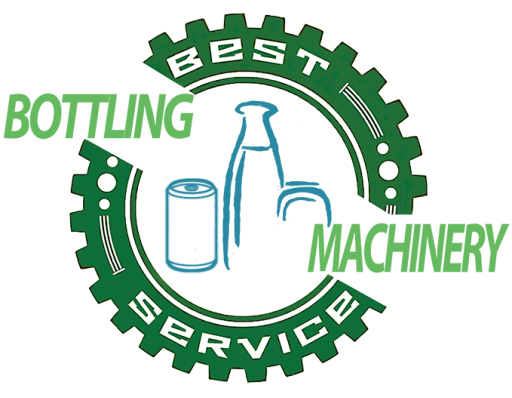# water filling plant with Cap Sterilization
Water filling plants are essential in the beverage industry, particularly for bottling purified drinking water. The integration of cap sterilization processes enhances product safety and extends shelf life, making these systems invaluable for manufacturers. In this article, we will explore the principles, structure, and applications of water filling plants with cap sterilization.
For more product details, please click: https://fillingbottling.com/product-category/product/
Principles of Water Filling and Cap Sterilization
At the core of a water filling plant lies its sophisticated filling mechanism, designed to ensure precise and efficient bottling. The process begins with the water treatment system, which purifies the water through advanced filtration and disinfection methods. After treatment, the water is transferred to the filling machine, where it is dispensed into bottles under controlled conditions to prevent contamination.

Cap sterilization is a critical step that follows the filling process. Before capping, the caps are subjected to a sterilization process, often utilizing UV light or chemical agents. This method effectively eliminates harmful microorganisms, ensuring that the final product is safe for consumption. By integrating cap sterilization into the filling line, manufacturers can significantly reduce the risk of spoilage and maintain the quality of their products.
The combination of water filling and cap sterilization not only enhances the safety of bottled water but also improves operational efficiency. With automated systems, the entire process from filling to capping can be streamlined, reducing labor costs and minimizing human error. This automation allows companies to scale up production while ensuring consistency in quality.
Structure of the Water Filling Plant
A typical water filling plant consists of several key components, each playing a vital role in the overall operation. The water treatment system is usually the first stage, featuring various filters, reverse osmosis units, and UV sterilizers that work together to produce high-quality water.
Following the treatment system, the bottle unscrambler organizes and positions the bottles for filling. This machine ensures that bottles are correctly oriented and ready for the next stages of the process. Once aligned, the bottles move to the filling station, where the bottled water filling machine accurately dispenses the pre-treated water into each container.
After filling, the caps are automatically fed into the capping machine. Here, the sterilized caps are securely affixed to the bottles, completing the filling process. The entire system is interconnected through conveyors, allowing for a seamless flow of bottles from one stage to the next. This integrated design enhances productivity and reduces the likelihood of contamination.
Applications of Water Filling Plants
Water filling plants with cap sterilization have a wide range of applications within the beverage industry. These systems are primarily used for bottling purified water but can also be adapted for other liquid products such as juices, carbonated drinks, and even sauces. The versatility of these machines makes them a valuable investment for manufacturers looking to diversify their product offerings.
In addition to traditional bottled water, these plants can accommodate various bottle sizes and shapes, thanks to adjustable filling nozzles and capping mechanisms. This flexibility allows businesses to respond to changing consumer demands efficiently. Furthermore, the incorporation of labeling machines and packaging systems within the plant aids in creating a fully automated production line, ensuring that products are market-ready without significant manual intervention.
Investing in a water filling plant with cap sterilization not only meets the growing consumer demand for safe and hygienic beverages but also positions companies for future growth. With the ability to produce high-quality bottled products reliably, manufacturers can enhance their market presence and attract new customers. Such a state-of-the-art system represents a commitment to quality and innovation, crucial for standing out in today’s competitive landscape.
